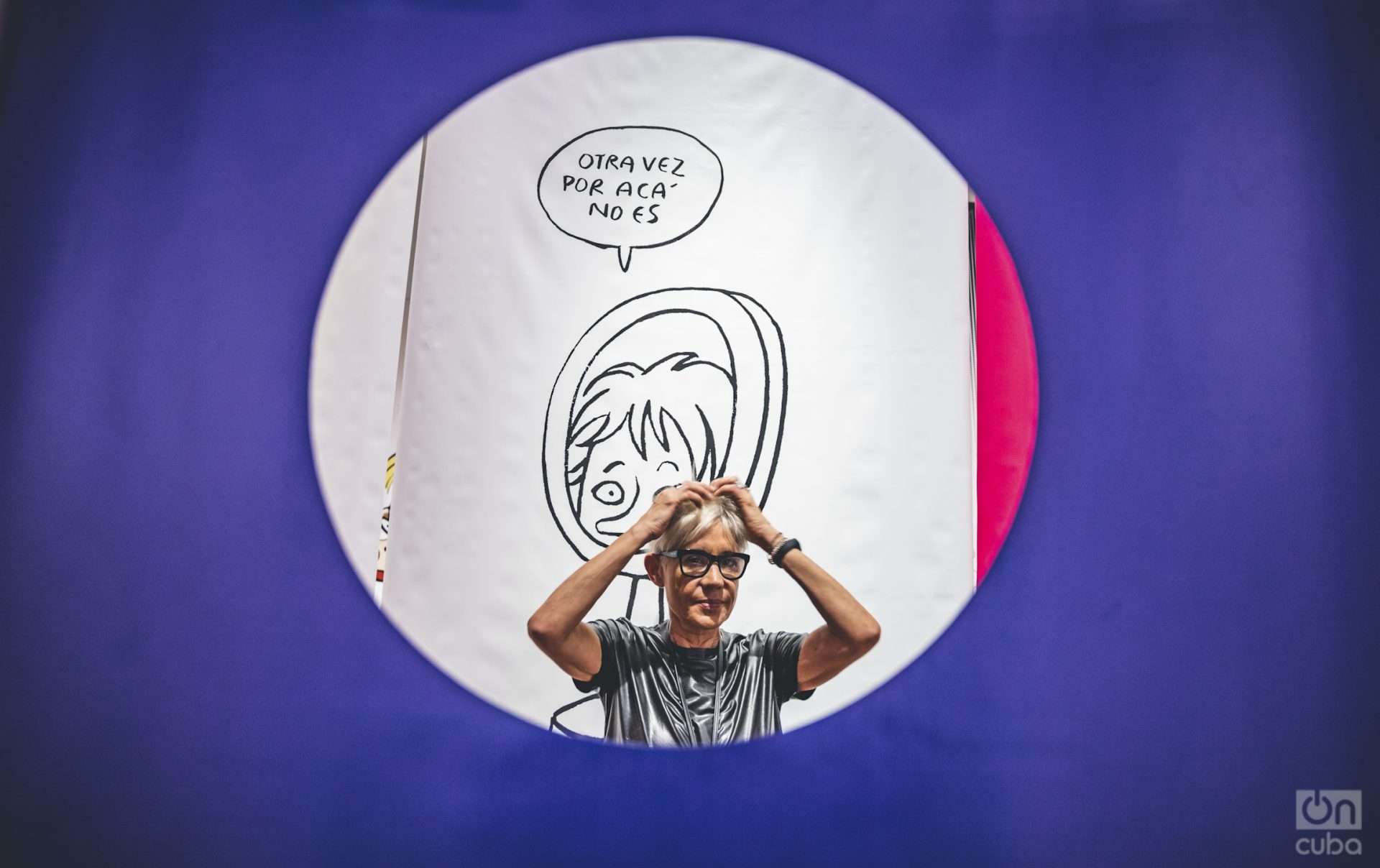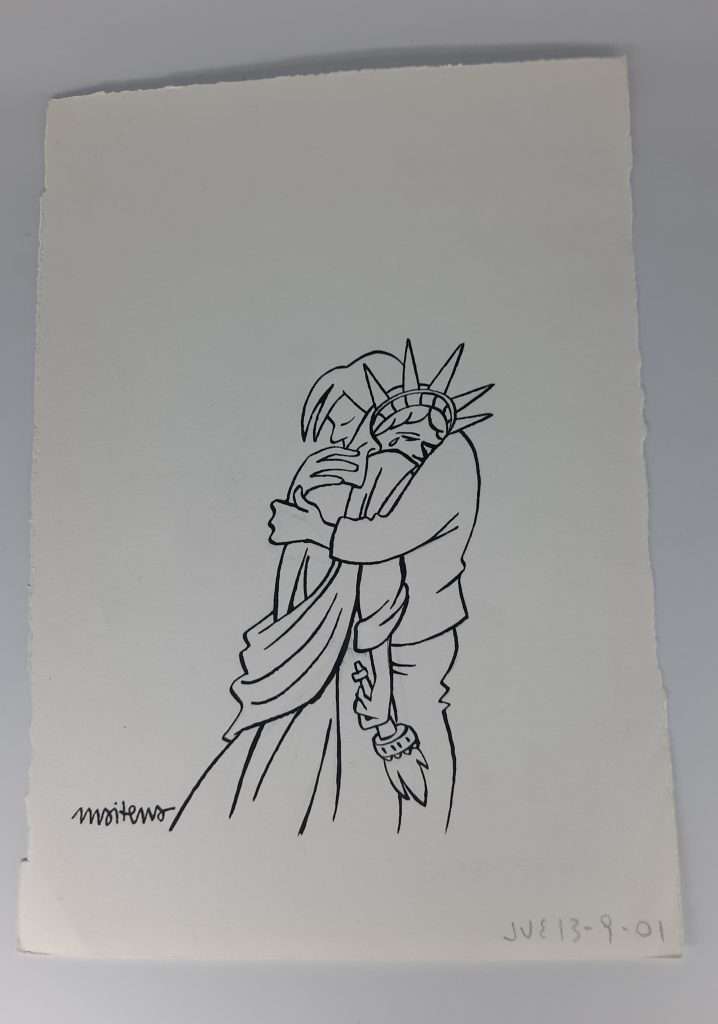The intimate universe of a woman, or the domestic universe seen from her perspective in different stages, almost all marked by maternal responsibility that disturbs or postpones both her desire and her aspirations to feel wanted, are the focus of the works exhibited in the fourth floor of the Kirchner Cultural Center (CCK) in Buenos Aires under the title “The women of my life”.
They correspond to Maitena (more than thirty years of works ordered to the public “for the first time”), who is a cartoonist, humorist known because her works arrive in strips from various media outlets. One of them interviewed her this week. I don’t know why it occurred to me that if she saw her she should ask her if she had visited Cuba.
I coincidentally meet her at the entrance to the exhibition, surrounded by a bunch of women of different ages with whom she kindly exchanged while some took portraits with their smartphones. Another of hers even stretched out her arm to leave before the artist one of her books that can be seen on shelves in the city along with those of others, all men, such as Quino and Fontanarrosa. Maitena opened the copy and prepared to sign it.
At the end, in front of me, I ask him if he has been to the Island, to which he replies that he has not, but that he would like it if they invited him. I’ll find out one day if someone invites her, if she goes and maybe she gets inspired. The other day a Portuguese friend who was in Havana for years told me about these caricatures that can be classified as an expression of feminism that the French Claire Bretecher seemed like the queen in that.
Maitena answered years ago for a digital medium Spanish independent: “I really like Claire Bretecher, she is a French woman much older than me, and I think she is the best of all. When I was twenty years old I met her work, she didn’t inspire me but she did provoke me some things professionally. Discovering her work was an illumination. ”
As I can tell she’s in a hurry on this October afternoon and I hadn’t gone through the vignettes arranged in small boxes in one of the rooms, I hadn’t even gotten to see the bigger ones, I dismiss any other questions, so she continues her course and I inside his work.
The first room at the entrance was erotically tricky: a couple in bed talks naked, though we see little more than their shoulders. A man complains about the heat, asks if anything could be done in such weather. A woman (her hands hide her boobs) next to him says: “I don’t know, but don’t even think about touching me”.
Here, it can be read on a huge poster at the entrance, a secret material is revealed that collects their first traces, original pieces, sketches, erotic drawings and interventions in what they consider various struggles for different causes and rights.
The relationships of couples crossed by the arrival of children, children crossed by the need to get rid of adults, adults inventing adventures with which to rescue dreams postponed by routine and thus get away from old age, the elderly crossed by the illusion of recovering his youth. These are some of the points of this sample.
In another cartoon, a woman says: “Look, all those questions that exist in the life of a woman helped me to grow, to mature, to understand, did you see?… but there is one that every day fills me with new fed up, impotence, anguish”. Another woman asks her: But what is so difficult to know, eh? “What do I eat?”, answers the one who was speaking.
In the following space appears what the artist and the curator of the exhibition identify with a label: “the horror”.
Incidents such as the Amia attack, which happened when she was drawing at home, about 15 blocks from the place, or the attack on the twin towers are fixed here. The image of the statue of liberty coming down from its pedestal and receiving a hug from a citizen is Maitena’s work that had the greatest impact on the world, I read.
She says that she had left the strips that were to be published that week and that when she saw the one corresponding to the day the newspaper reported the Twin Towers, she felt something like a reproach that led her to compose that image described above. “I couldn’t think of a single word.”
Why have I come to this Maitena exhibition? Perhaps she sought to verify if the daily life reflected in her caricatures leads to common points with that of the women close to me, even since I was a child: those I saw, those I have seen and see. They all have in common that epic will to impose themselves on the daily life that touches them full of deficiencies and problems.
The women in my life, in some way, were also reflected by Maitena, although, if they were directly and of course, another ingredient would surely have to be found.







